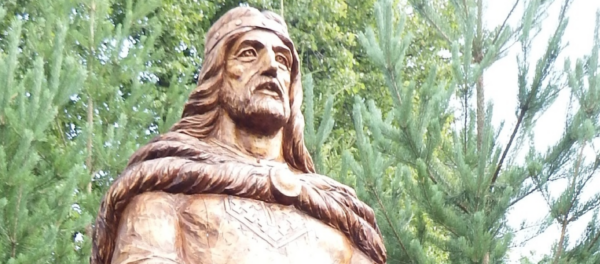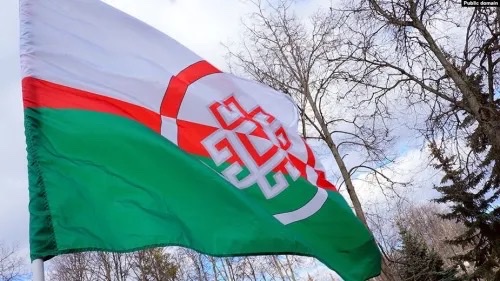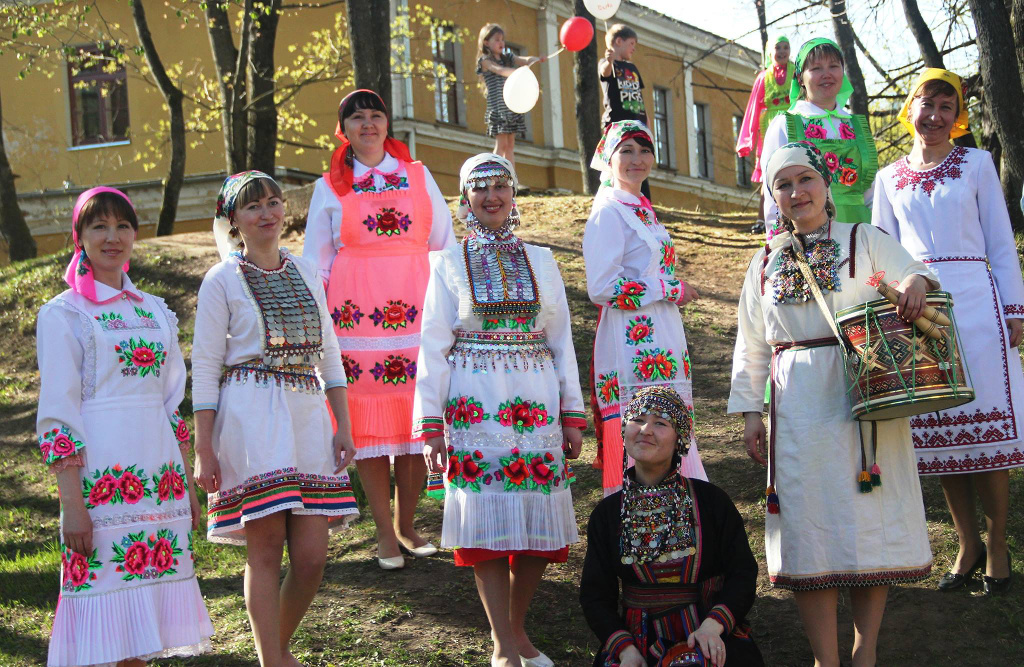
Mari
The Mari culture has been influenced by interactions with Turkish-Tatar peoples – the best example of this is the name of Mari land "Mari El" where "El" is a Turkic word, signifying a people or state.
Names
The Mari have also been known in historical chronicles as ‘tsarmis’ or ‘tsheremiss’. Their autonym is Mari.
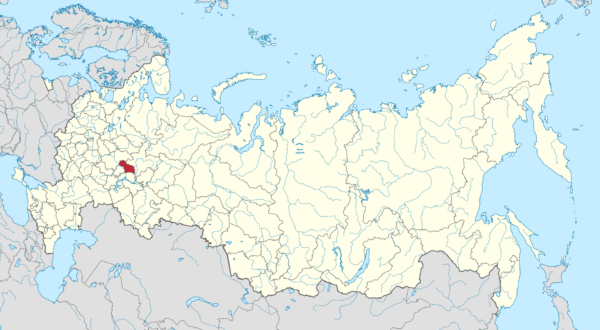
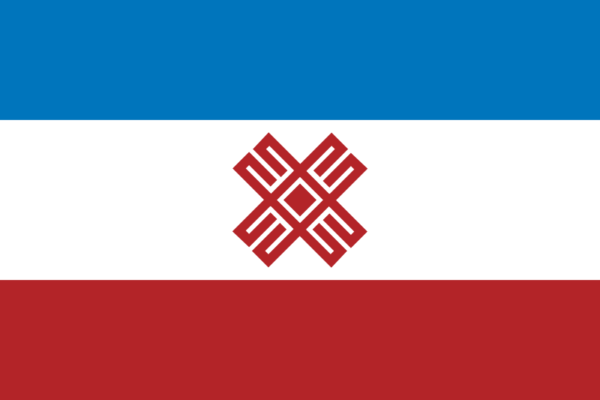
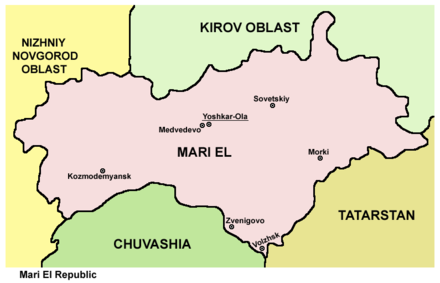
Territory
The Mari live at the central stream of the Volga River in the Vyatka and Vetluga river systems, on the territory of the Mari El Republic. The capital of the republic is Yoshkar-Ola. As a result of historical events, 51.7% of Mari live outside the borders of the national republic: in Bashkortostan, Kirov and Sverdlovsk Oblasts, Tatarstan, Udmurtia and to some extent also in Perm Krai.
Population
According to Russia’s 2010 census, there were 547,605 Mari, as compared to 604,000 in 2002 (9.4% decline). In 2002, 464,000 persons, or 77% of all Mari, considered the Mari language as their mother tongue. The Mari are the only Finno-Ugric people of Russia whose population has consistently increased, despite a small decline in the number of mother tongue speakers. Maris have preserved their mother tongue better than any other Finno-Ugric peoples of Russia.
Language
The Mari language belongs to the Volga group of Finno-Ugric languages (this group also includes Erzya and Moksha languages). Maris have three sub-ethnic groups with corresponding dialects: Forest Mari, Meadow Mari and Eastern Mari. The former two have written languages, while the Eastern Mari use the Meadow Mari written language.
History
Since the 6th century A.D., the Mari have had to live under foreign rule (since 551 Mari lands were ruled by Eastern Goths, since the 7th century Bulgars, in 1236 Mongols-Tatars took over these lands, followed by Russians in 1552).
In the second half of the 16th century, the Mari put up defensive battles in response to Russian military incursions, also known as the Cheremiss Wars (1552-1557, 1572-1574, 1581-1584). These wars resulted in the Mari being defeated, leading to their mass resettlement eastwards and to the Russian colonisation. In the 18th century the resettlement of the Mari continued as a result of mass conversions to the Orthodox Church. Mari territories were divided between the Governorates of Kazan, Vyatka and Nizhny Novgorod.
The years 1905-1907 saw the beginning of the Mari national awakening. In 1920, Mari Autonomous Oblast was formed. However, the collectivisation and mass repressions of the 1930s led to the physical destruction of most Mari intellectuals. After the industrialisation of the 1950s, public space for the usage of the Mari language diminished and Mari was reduced to a village language.
With the breakup of the Soviet Union, the Mari national movement was reactivated. Since 1989, several legal national political movements and associations have been established, including Mari Ushem (Mari Union), Kugeze Mlande (Ancestors’ Land), U Vii (New Force) as well as Mari-language schools.
In 1992, the Mari El Republic was formed, thus replacing the Mari Autonomous Soviet Socialist Republic from 1936.
Culture
An interesting aspect of the Mari culture is its ancient Animist religion where centuries-long traditions have been preserved. Every three years, large all-Mari nature religion prayers are held on Tshumbylat mountain. The Mari culture has been influenced by interactions with Turkish-Tatar peoples – the best example of this is the name of Mari land “Mari El” where “El” is a Turkic word, signifying a people or state.
